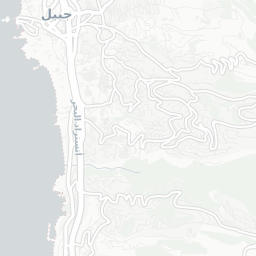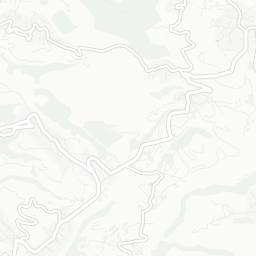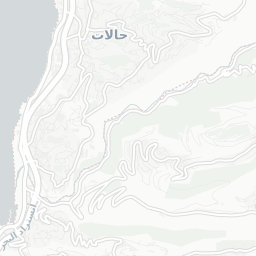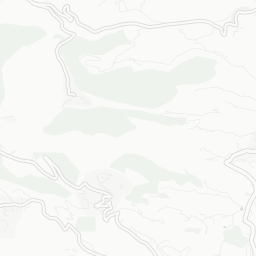Explore Categories
- All
- Emergency
- Offers
- Activities
- Events
- Food
- Coffee & Drinks
- Getaways
- Historical
- Cultural
- Religious
- Entertainment
- Shopping
- Corporal
Global Connections
Quick Contact
Say Hello
Connect With Us
Jbeil Marine Reserve Launch (Expired)
Local Advertisement
About
Launch of the Jbeil Marine Reserve Book and Video Under the Patronage of Jbeil Municipality and the Friends of Nature Association
Under the patronage of Jbeil-Byblos Municipality and in collaboration with the Friends of Nature Association and Darwin Initiatives, a launch event was held for a booklet and documentary video dedicated to the Jbeil Marine Reserve. The event was attended by Mayor Wissam Zaarour, members of the municipal council, Dr. Mirna Semaan—current Deputy Secretary-General of the Friends of Nature Association and senior official responsible for plant conservation—along with representatives from the organizing associations, city dignitaries, and members of the Jbeil Fishermen’s Cooperative.
In his speech, Mayor Wissam Zaarour emphasized the importance of the reserve as both a natural and cultural heritage site that reflects the historical role of the sea in the city’s development. He highlighted Jbeil’s ongoing efforts to strengthen its international relations, citing its recent twinning agreement with Bonifacio, France, as an example. He stated:
"Just as Jbeil and Bonifacio share many commonalities—both overlooking the Mediterranean and boasting a rich maritime history—we believe that cooperation between our cities can extend to the conservation of marine environments and biodiversity. The Jbeil Marine Reserve is not just an environmental project; it serves as a model for sustainable development, which we aim to promote and exchange expertise on with Bonifacio for mutual benefit.”
Zaarour also noted that the designation of Jbeil as a marine reserve in 2020 was the result of continuous efforts to protect the region’s biodiversity. This initiative was carried out in coordination with the World Commission on Protected Areas (WCPA) of the International Union for Conservation of Nature (IUCN), the Mediterranean Marine Protected Areas Project supported by the European Union (UNEP), the Ecosystem Department of the Ministry of Environment, and the IUCN West Asia Regional Office’s Marine and Coastal Management Program.
For her part, Dr. Mirna Semaan highlighted the crucial role of the Jbeil Marine Reserve in preserving biodiversity, particularly in relation to marine plants, which are essential for ecological balance in the region. She explained that the reserve provides an optimal environment for the growth of rare plant species that help stabilize sand, filter water, and create a sanctuary for marine life. Dr. Semaan also stressed the importance of raising environmental awareness and fostering a culture of sustainability within the community, emphasizing that the reserve is not just an ecological project but a vital natural resource that must be safeguarded for future generations.
The event also featured a documentary video showcasing the beauty and environmental significance of the reserve, alongside the unveiling of the booklet, which highlights the reserve’s resources and its impact on the local community and maritime economy.
It is worth noting that the Jbeil Marine Reserve is a rich natural habitat that contributes to the development of eco-tourism and the enhancement of the local economy by supporting fishermen and promoting sustainable environmental practices. This initiative aligns with the municipality’s broader efforts to position Jbeil as a leading city in openness and international cooperation.
About Byblos
The city of Jbeil is one of the oldest inhabited cities in the world. 8,000 years ago, it was a fishermen village that grew afterwards to a large Canaanite and then Phoenician city. Later on, it was turned into a Roman agglomeration whose many vestiges can still be observed, suggesting an ancient richness. An important Crusader city, Jbeil was fortified by the still-visible rampart within the walls of which a castle and a cathedral were built. During the Ottoman period, the city had a souk, large houses with red-tiled roofs and mosques.
Find related places
Local Advertisement
Showing All Places
208 locations waiting to be explored.


















































.jpg&w=3840&q=75)












